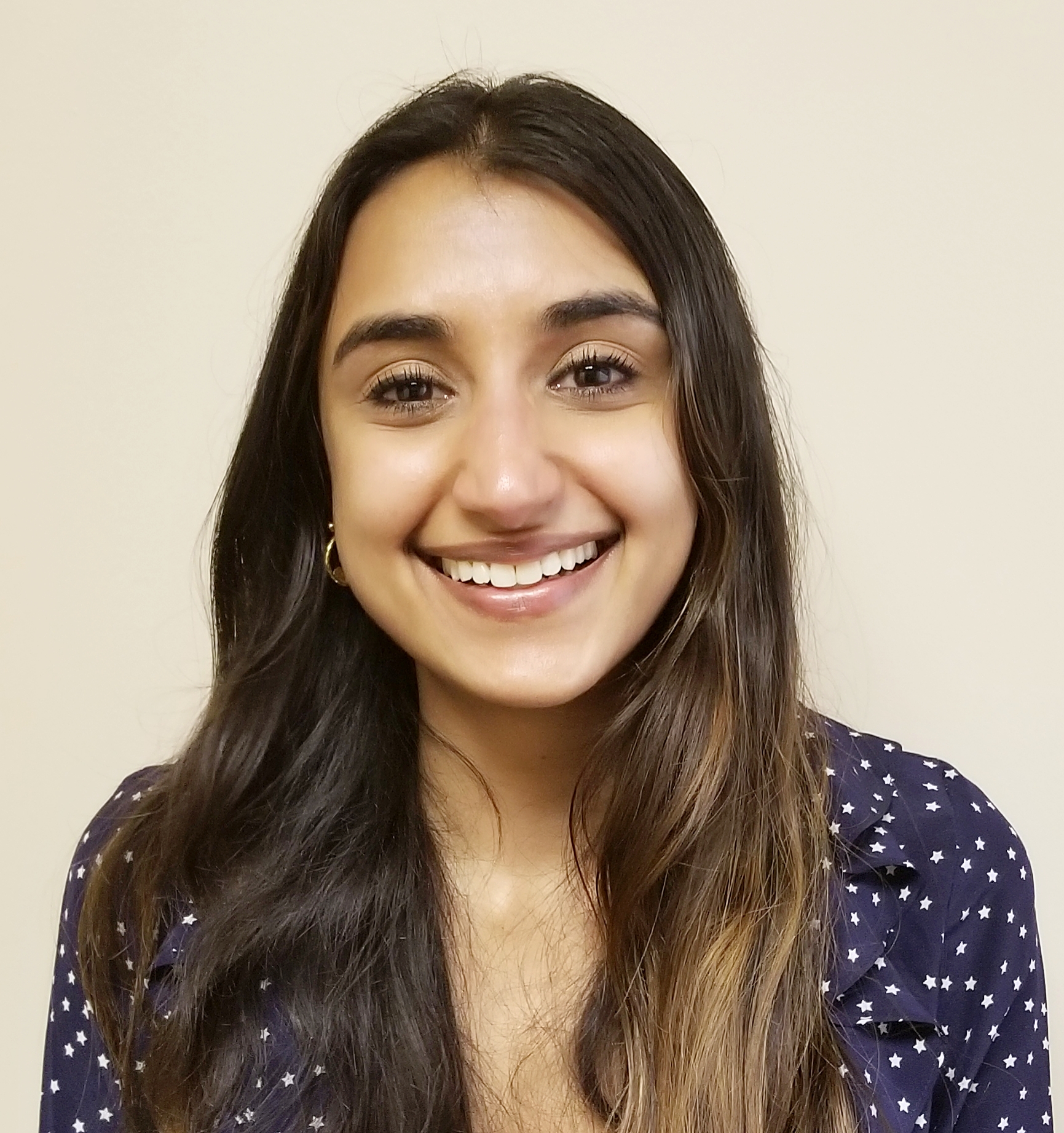Vishaka Santosh finally arrived at the New York Structural Biology Center (NYSBC) on Tuesday, February 19 just a few minutes past her Krios loading time. Truly it was remarkable she made it at all, the previous 24 hours had been a lengthy expedition.
Vishaka is a post-doctoral fellow in Dr. Carlos Escalante’s lab in the Physiology and Biophysics department at Virginia Commonwealth University (VCU). They applied to the first cycle in NCCAT’s General User Proposal (GUP) program, which supports single particle cryoEM data collection on one of the Titan Krios instruments at NYSBC. Dr. Escalante’s lab at VCU focuses on the study of the structure and function of proteins and protein-DNA complexes central to transcriptional activation and the initiation of viral DNA replication. For her project Vishaka’s goal was to find out how AAV non-structural proteins are involved in genome packaging.
But before the Krios could be loaded, the sample needed to be screened back in Virigina. Since VCU has limited access to electron microscopy facilities, Vishaka needed to screen her sample at the University of Virginia (UVA) campus – an hour and a half drive from VCU. She would end up making the 75 mile journey a total of three times when it turned out her sample had been corrupted. She had to drive back and forth from Richmond to Charlottesville to prepare the sample again from scratch, freeze the sample, and screen the sample. Luckily the new sample had no issues.
Early the next morning, with sample in tow, Vishaka was ready to board the 6:30am train to New York City. The conductor however was wary of the contents of her dewer and would not allow her to board. Panicked and unsure of what to do now, Vishaka called her PI, Carlos Escalante, who agreed to drive her to the Eastern Bus depot (Chinatown Bus) to see if she could catch a bus to New York City. The Eastern Bus is a little more casual and the driver did not bat an eye at her dubious luggage. After a 7 hour bus ride and dragging her dewar all over New York City, Vishaka finally reached the end of her journey and was able to load her sample onto the instrument (despite being just a bit late).
Everything worked out in the end and the data collected is now being analyzed to obtain a structure of the protein-DNA complex.


